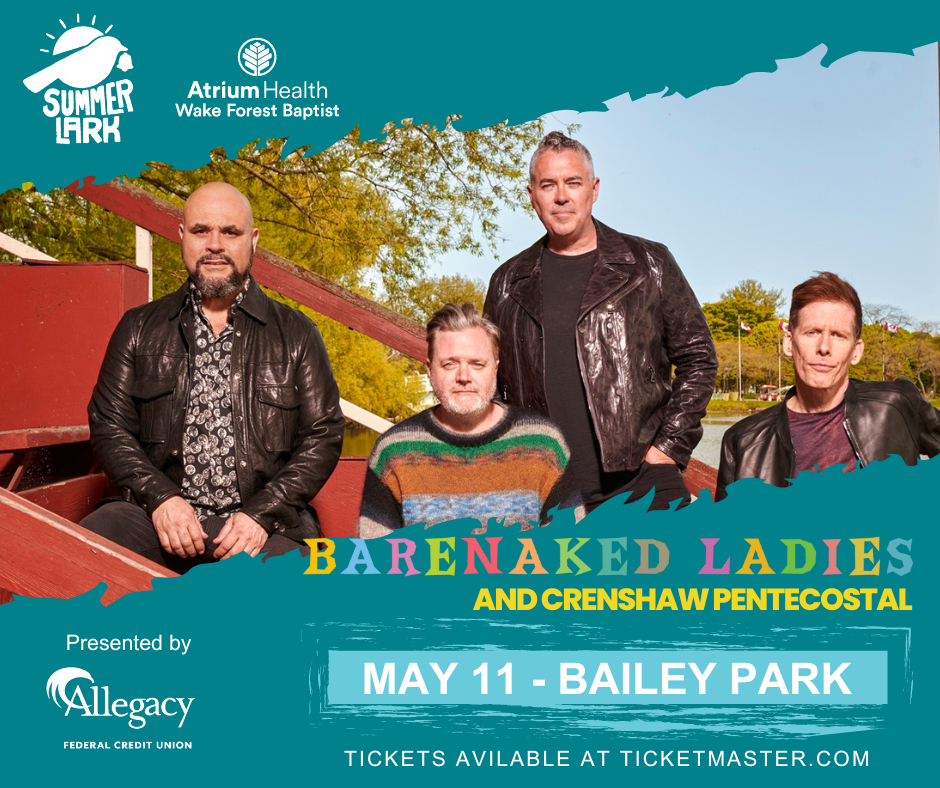There are many unique features that make up North Carolina’s coast. This area is known for its beaches, for being first in flight, the setting for multiple Nicholas Sparks’ books, and home to historic lighthouses and the Battleship North Carolina. It is also home to the chain of barrier islands off the coast in Dare County which are commonly known as the Outer Banks.
Beginning at the border of Virginia and going down North Carolina’s coast for about 120 miles, the Outer Banks consists of Corolla, Kitty Hawk, Kill Devil Hills, Nags Head, Roanoke Island, Hatteras Island, Ocracoke Island, and other islands and towns. As for beaches, you have Carvoa, Currituck, Rodanthe, Avon, and others. Just like the other areas of the coast, the Outer Banks have their own treasured characteristics, including the wild horses.
Commonly known as the Corolla Wild Horses due to their location, the wild horses have been a favorite tourist attraction for decades and have lived in the area since the 16th century. Along with the majority of horses living in the northern portion of the Outer Banks, some more feral horses have been seen towards the southern islands in the area. According to researchers, the current wild horses share similar DNA and genetics with the Colonial Spanish Mustangs. This type of horse originated in Spain, and the coast’s current wild horses are said to have arrived with Spanish explorers in the 1500s and after. The first herd is believed to have arrived with Spanish explorer Lucas Vasquez de Allyon and his expedition. Today, the Colonial Spanish Mustang or Horse is the state horse of North Carolina. They are also listed as a critically endangered and nearly extinct breed due to being one of the oldest and rarest breeds left in the world.
Another theory as to how the horses arrived is that they arrived by themselves. Yes, you read that right. A shipwreck of a Spanish expedition caused a boat to sink and as a result the crew had to get rid of extra heavy goods, which included horses. Once displaced from the boat, the horses made their way to the mainland and formed their own herds. However the wild horses made it to shore, one thing is for sure – the present-day horses’ ancestors came from Spain in the early 1500s.
To survive, the wild horses dig for fresh water and swim from island to island for fresh grazing areas. In addition, they eat a diet of sea oats, coarse grasses, acorns, persimmons, and other vegetation native to the Outer Banks. Note to self – if you visit the Outer Banks and see the wild horses, please don’t feed them. Eating non-native foods can cause digestion issues and possible death. In fact, it is illegal to get within 50 feet of a wild horse. Volunteers and employees of various non-profits, including the National Park Service and the Corolla Wild Horse Fund, help provide for and protect the herds of horses, although the animals do mainly live, breed, and survive on their own. In fact, a herd can roam up to 25 miles a day from place to place. Sadly, the population of wild horses has steadily declined throughout the years. In the mid-1920s, 5,000 – 6,000 horses lived in the Outer Banks. Today, only about 100 horses are in the northern part. The decline is a result of increased human development and movement to the area. Fun fact: a helicopter count is taken once a year to track the horses.
There are many opportunities for tourists to catch a glimpse of a wild horse. If you are traveling on your own, it is suggested to have a 4WD car that is suitable for off-road driving. Tour and rental companies are located throughout the islands if you don’t already have this feature on your vehicle. Wild horse tours are also available and are actually the best chance to see the animals. Jeep, kayak, ATV, and boat tours are just some of the options.
The mystique of the wild horses of the Outer Banks have a history that’s longstanding and valuable to the Tarheel state. Seeing these beautiful creatures should be on every North Carolinian’s bucket list – it is definitely on mine.
After seeing the Outer Banks, continue your trip to the coast of Virginia and see the ponies of Assateague and Chinconteague.






















